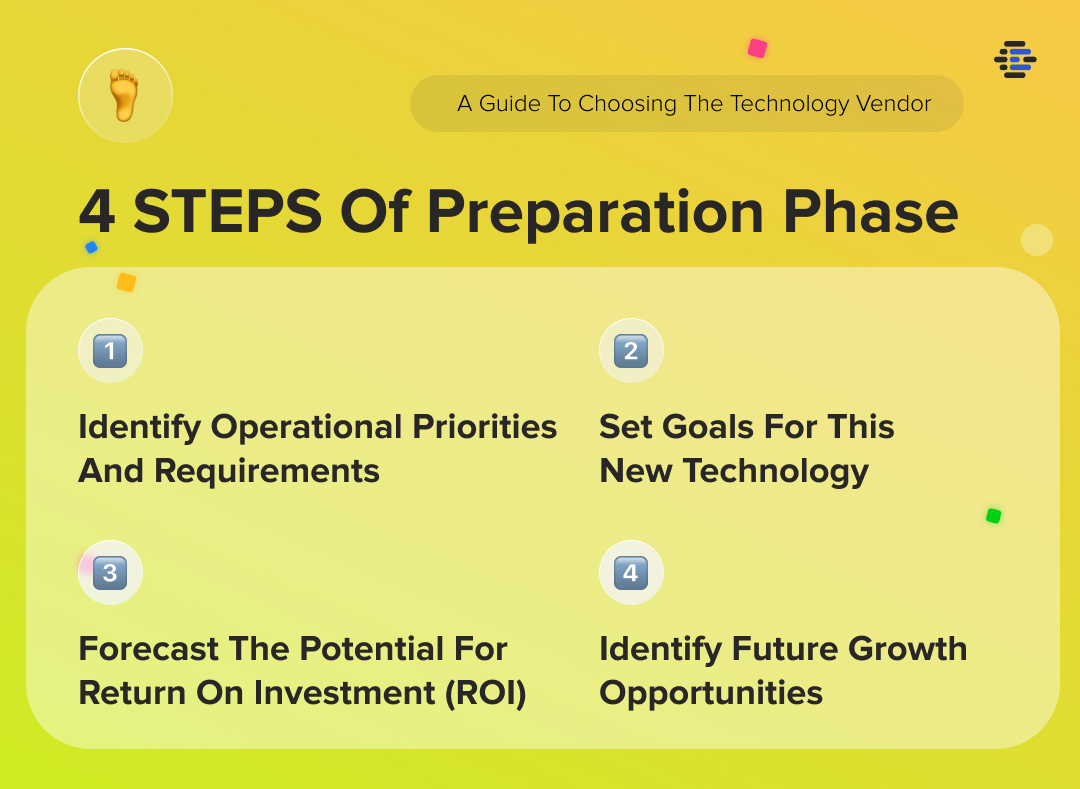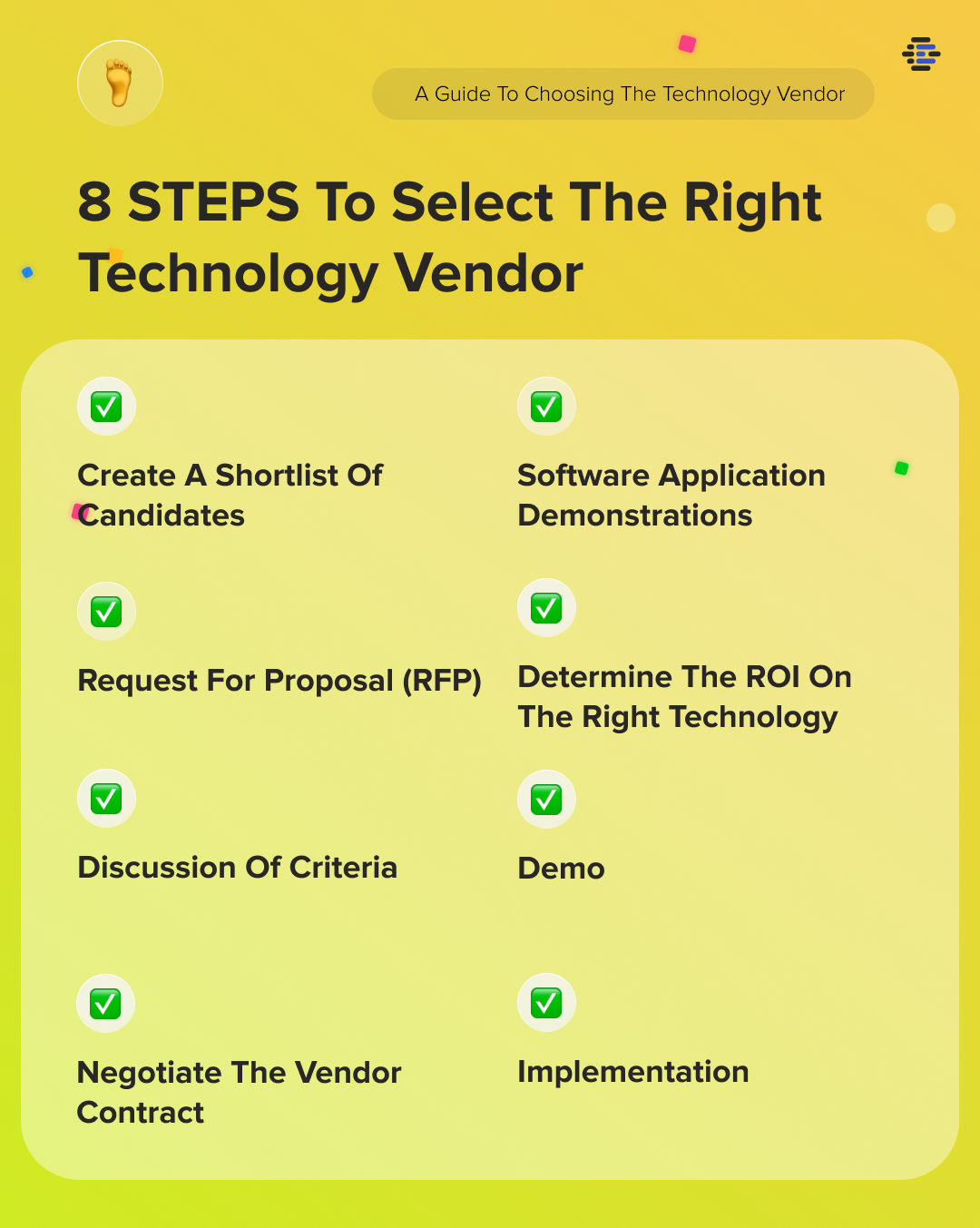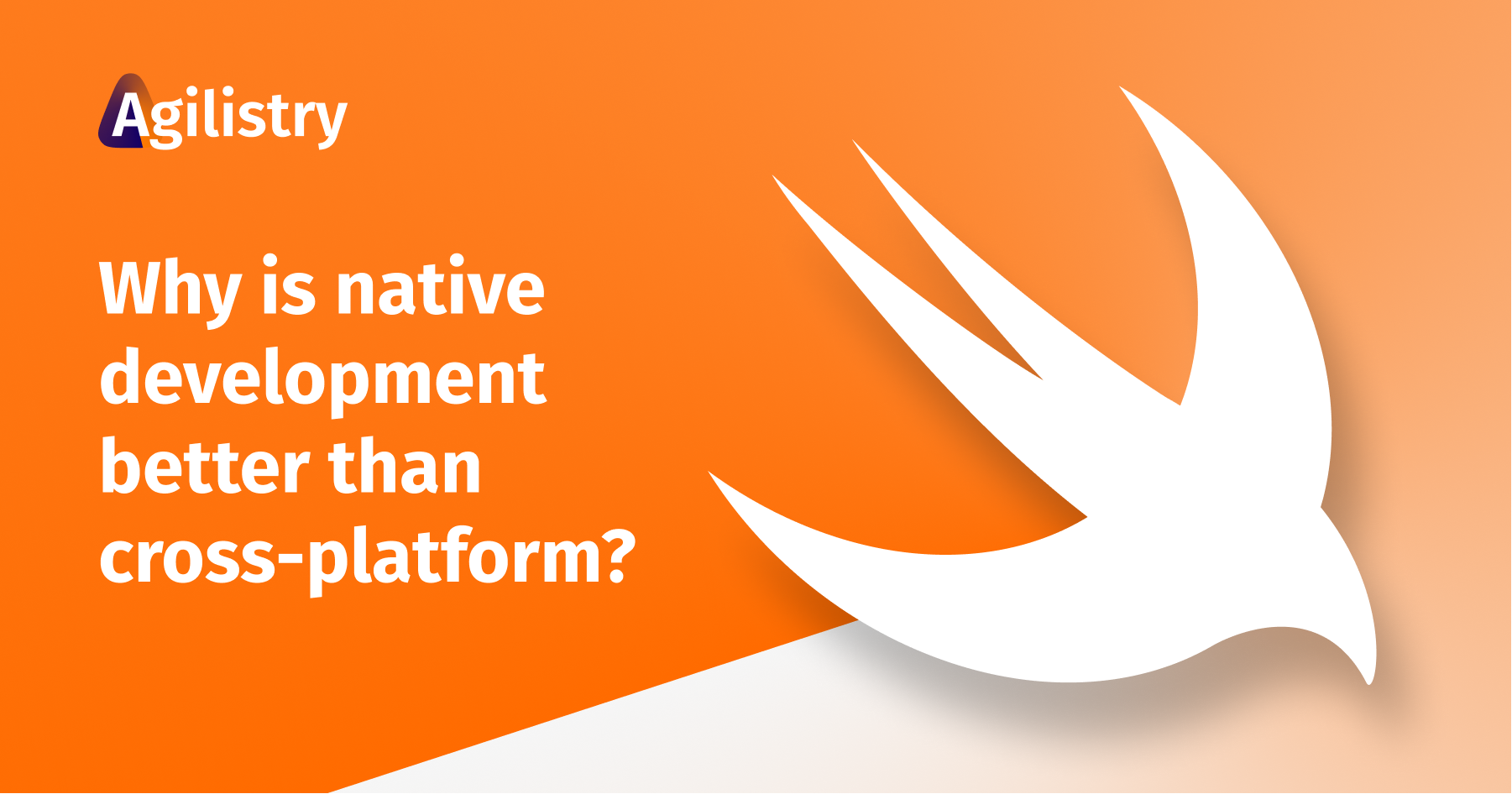A Guide to Choosing the Technology Vendor
Businesses and organizations of all sizes rely on software programs and platforms developed by technology vendors to manage their daily operations.
These platforms streamline processes and save time and money while improving employee productivity. Many organizations rely on software to track inventory and manage finances, etc.
For almost every company, there comes a time when they must invest in technology—whether it be to enhance the existing one or build something new.
Failure to invest in new technologies could have detrimental financial and operational setbacks.
In this article, we will discuss the process of selecting a technology vendor. We will talk about preparing a contract and managing a new system’s implementation to reduce your expenses and avoid common pain points.
The key to successful technology implementation lies in the planning and preparation stages. It is essential to understand your needs and requirements. And, it is important to identify technology vendors that can fulfill them. Negotiate with them to get the best deal possible and manage their implementation process. Let’s discuss these points one by one:
Identify Your Needs
A successful technology implementation starts with identifying your needs and requirements. This may seem like a simple task, but it requires you to be very clear about what you want from a technology vendor and how it will help your business. Start by listing your existing systems and applications needing replacement or an upgrade. Break down these high-level goals into specific requirements the new system must meet.
It is crucial to identify your needs before you start the process of finding a technology vendor. If you want to upgrade your current system or migrate to a new one due to its limitations, your needs may differ from those looking for an entirely new solution.
This process can help your organization map:
- Identify unique operational requirements and priorities.
- Set goals for this new technology.
- Forecast the potential for Return On Investment (ROI.)
- Identify future growth opportunities.
This process can be challenging for businesses. It requires understanding the current state of technology within your organization. This can be tricky if you do not have a dedicated IT department or are new to this process. But, it is well worth the effort to take the time to identify these needs and goals before selecting a technology vendor.

Once you have analyzed your needs, you can proceed to the next step.
Selecting the Right Technology Vendor
So many technology vendors are available that it can be overwhelming to sort through all the options. When evaluating vendors, it is essential to look at several factors. Security track record, the types of tools they offer, and their support services are among the criteria you want to look at.
Read about pros and cons of in-house and outsource software development in this artickle: How To Choose A Lending Software Provider.
Not every vendor will be a good fit for your organization. Although you may want to make a decision quickly, it is wise to take your time. It is essential to find the best vendor to meet your needs. Even so, there are a few steps that can help:
Request for Proposal (RFP) from a Technology Vendor
Once you have received all proposals from technology vendors, review them closely to choose the best one. An RFP is a formal document that outlines the goals of your organization, as well as the technical specifications for the system. By writing an RFP, you can ensure that all vendors are held to a standard set of requirements.
Essentially, the purpose of an RFP is to help you narrow down your options by selecting the right vendors.
Software Application Demonstrations
Next, you’ll want to see demonstrations of these applications. To encourage an accurate preview, as opposed to a marketing push, provide a script to each vendor that prompts a detailed response to how the tool can perform to suit your needs and environment.
Discussion of Criteria fro Choosine a Technology Vendor
When you have identified what your business needs from the technology, it is essential to assess the must-have requirements of the technology. Consider factors like Cost, Essential Functionality, Security, and Integrations with current enterprise software infrastructure.
You should include key stakeholders in the process of creating product requirements. Include the most important requirements first, and trim the list down where possible. This ranked list will guide you when you begin researching options and demoing products.
Determine the ROI on the Right Technology
Evaluate a proposed technology’s return on investment (ROI) by comparing its price to its value. There may be many cost savings down the line. This value is often overlooked. Showing clearly the ROI that the right solution will provide to your company strengthens its case. It would be best if you considered both short-term, as well as, long-term costs when making your decision about which solution to implement. Sometimes, a newer technology that is cheaper in the short term ends up being way more costly in the long term.
Create a Shortlist of Candidates
Now that you have your requirements list and cost considerations you can move to the next step. You have researched as many vendors as possible for your specific business needs. You can get to a shortlist of best-fit vendors or products that will work for you using your particular business needs as the filter.
To shorten the selection process, you can cut vendors outside of your budget and those that don’t meet your requirements. You can also consider ranking the remaining vendors based on how well they meet those requirements.
Demo of the Technology Vendor
Jumping straight into demonstrations can lead to vendors inserting bias into the process. It is best first to develop a shortlist of 3-5 vendors who meet requirements, then conduct demonstrations of the potential solutions. Take your time running demos, and make sure that the right stakeholders are present. Ask users to provide feedback on their experiences with each product.
Negotiate the Technology Vendor Contract
When hiring a new vendor, you should negotiate the contract and understand its terms and conditions. Also, consider any obligations for terminating a contract with a previous vendor (if you have any.) It is essential to review your contract with the vendor and ensure that it is clear and concise. If you have any questions or concerns, it is best to address them before signing off on the final version of the contract. Before you start working with a vendor, make sure that all the details are clear to avoid confusion.
Implementation
Once you’ve selected a technology vendor and negotiated the contract terms, implementation can begin. Develop a clear plan for addressing the technical aspects of integrating or pivoting your systems.
Conduct performance evaluations to confirm that an organization’s systems and processes are performing as expected. These evaluations can help identify reconfiguration needs, user adoption barriers, and optimization opportunities.
Additionally, regular software upgrades are needed to keep your technology current. Re-test the system periodically to ensure that the upgrades are working as expected and that no adjustments are needed.

Conclusion
Selecting a new platform or program for your organization can be challenging with significant financial and organizational ramifications. Preparation will help you address common pain points.
We’re Here to Help
At Agilistry, we are dedicated to helping you steer your organization down the right path. We offer to audit your business and come up with solutions that are tailored to your needs. Our experts will develop a plan that helps you get your business off the ground, grow your revenue, and achieve your goals. We are committed to helping you build a profitable, scalable, and sustainable company by helping you overcome obstacles that are holding back your success.


